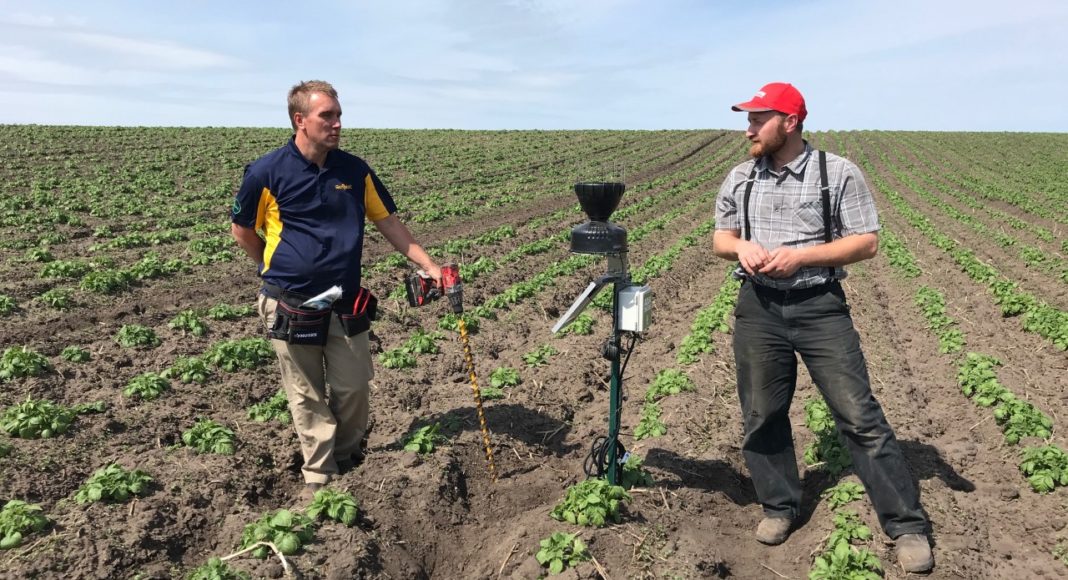If you’ve been in agriculture for a while, you’ll remember industry’s shift towards autosteer. Though GPS-guided positioning and arrow-straight rows are givens now, it took some years for farmers to decide that hand-steered, ‘mostly straight’ rows weren’t good enough; that GPS really could prevent the skips and overlaps that cost real money. Moving from ‘good enough’ to precise is happening all over agriculture. That’s a great thing for the environment, for the ag industry’s social license to operate, and for farm business’ efficiency and profitability. Some farmers choose to jump all in with precision agriculture. Others prefer a slower, simpler start. If you’re in the second category, take a look at soil moisture probes. Given that water is the single most limiting resource in most agricultural fields, optimizing moisture management to ensure plants get exactly the right amount at exactly the right time – never too little; never too much – offers the biggest return on precision technology investment.
Optimizing irrigation to drive potato yield and lock in quality means applying the right amount of water at the right time based on the crop’s growth stage and following evapotranspiration and soil moisture monitoring. During the high-demand stages of tuber initiation and tuber bulking (typically the second to third week of June through the beginning of August), a potato crop uses 2/10” to 3/10” of water each day. Significant moisture shortages through this period are obvious: gnarly, small tubers with pointy ends, or even no tubers at all. While the impact of ‘good but not great’ irrigating is harder to see at a glance, make no mistake: overall yield and quality will always be compromised when irrigation isn’t optimized.
Potato plants need available soil moisture at 70 to 80 per cent through the major growth stages, then 60 to 65 per cent from early August onwards as the plant shifts from tuber growth to tuber maturation. Exactly when, after an inch or two of rain, does a grower need to switch back on irrigation to ensure those soil moisture rates? Soil moisture probes operating through the Simplot SmartFarm support program remove irrigation’s guesswork by delivering at-a-glance, real-time irrigation management recommendations right to one’s smart phone. On top of optimizing yield, taking irrigation from good to great improves fuel, fertilizer, water, and labor efficiency.
Being successful in farming today is about optimizing what you have. By carefully monitoring irrigation scheduling and crop water demand through the growing season, one can ensure the best possible environment for growing potatoes which – all else going well – can translate into better quality and more profitability.
Related Articles
Precision isn’t the Future, it’s Now











